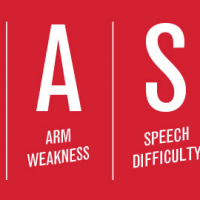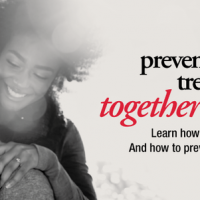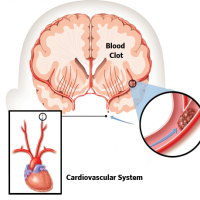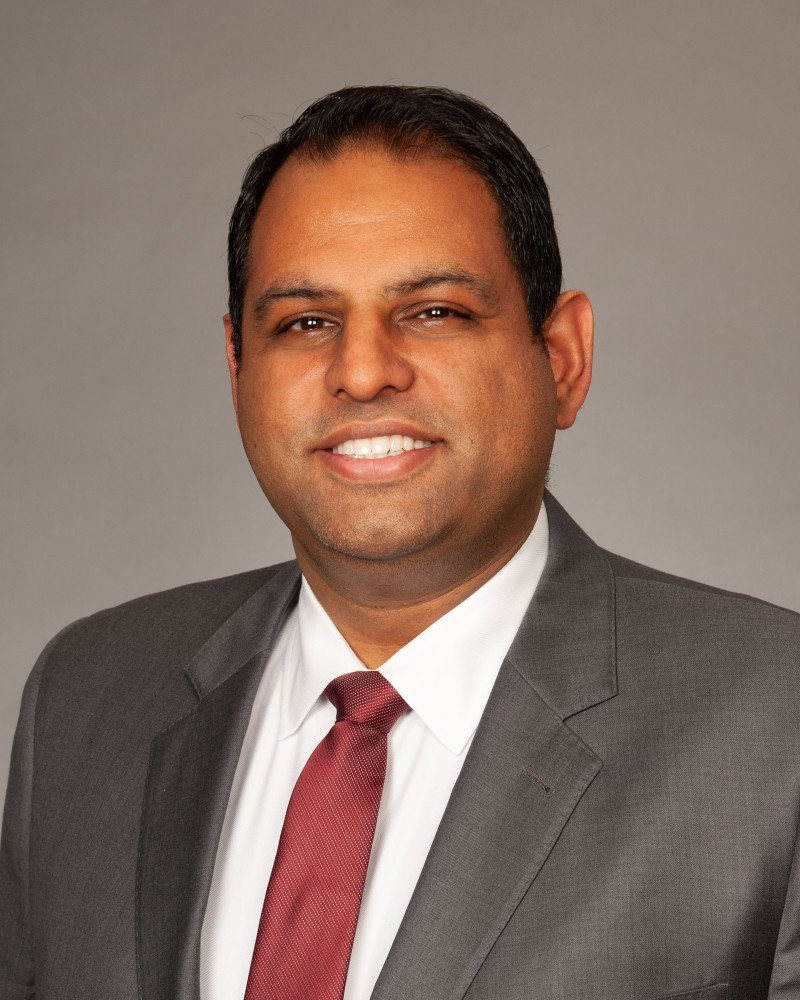National Stroke Day - October 29th



Each year, nearly 800,000 people in the United States experience a stroke. That is one stroke every 40 seconds. For every person that dies from a stroke, more than 5 times that many will survive an for them the physical damage can be enormous.
What is a Stroke?
A stroke occurs when a blood clot blocks an artery (a blood vessel that carries blood from the heart to the body) or a blood vessel (a tube through which the blood moves through the body) breaks, interrupting blood flow to an area of the brain. When either of these things happen, brain cells begin to die and brain damage occurs.
When brain cells die during a stroke, abilities controlled by that area of the brain are lost. These abilities can include speech, movement and memory. How a stroke patient is affected depends on where the stroke occurs in the brain and how much the brain is damaged.
There are two primary kinds of stroke: hemorrhagic and ischemic.
A hemorrhagic stroke means it stemmed from bleeding in the brain. An ischemic stroke means it’s caused by a blood clot.
Signs and Symptoms of a Stroke
- SUDDEN numbness or weakness of face, arm or leg, especially on one side of the body
- SUDDEN confusion, trouble speaking, or understanding
- SUDDEN trouble seeing in one or both eyes
- SUDDEN trouble walking, dizziness, loss of balance or coordination
- SUDDEN severe headache with no known cause
ACT FAST
Face: Aske the person to smile - Does one side of the face droop?
Arms: Ask the person to raise both arms. Does one arm drift downward?
Speech: Ask the person to repeat simple phrases. Is their speech slurred or strange?
Time: If you observe any of these symtpoms, call 911 immediately!
FAST RESPONSE SAVES LIVES
Stroke Prevention
Know your risk. You can help prevent a stroke or transient ischemic attack (TIA- mini stroke) by taking steps towards a heart healthy lifestyle.
Stroke Risk Factors:
- High blood pressure
- Atrial Fibrillation
- Diabetes
- Smoking
- High Cholesterol
- Heavy use of alcohol
- Obesity
- Physical inactivity
Keep your stroke risk low by keeping regular check ups and treatment compliance for managing your conditions. If you smoke, STOP, increase your physical activity and work towards a healthy lifestyle.




